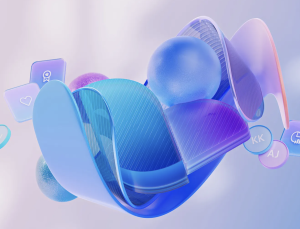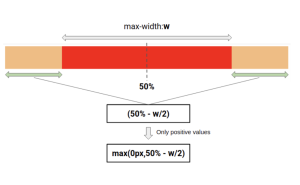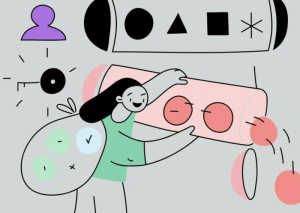Dissolving the line between design and engineering
So this conversation is a deep dive into what it looks like for designers to approach their work with an engineering mindset. We talk about Julius’s deep background in prototyping, how he collaborates with designers at Linear. And we also get into why the current state of design engineering is a missed opportunity.












